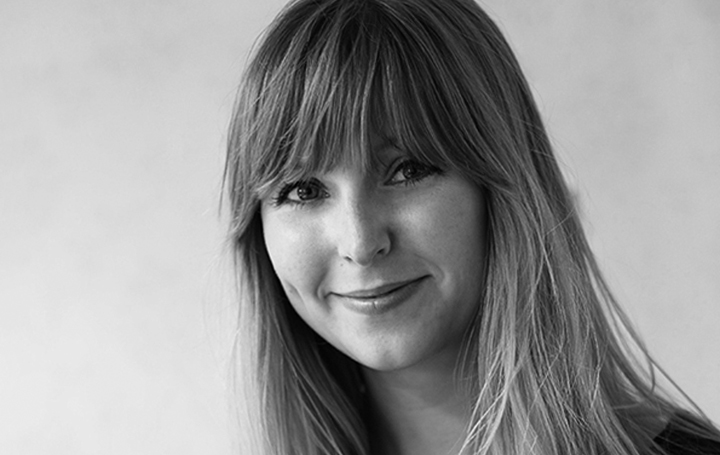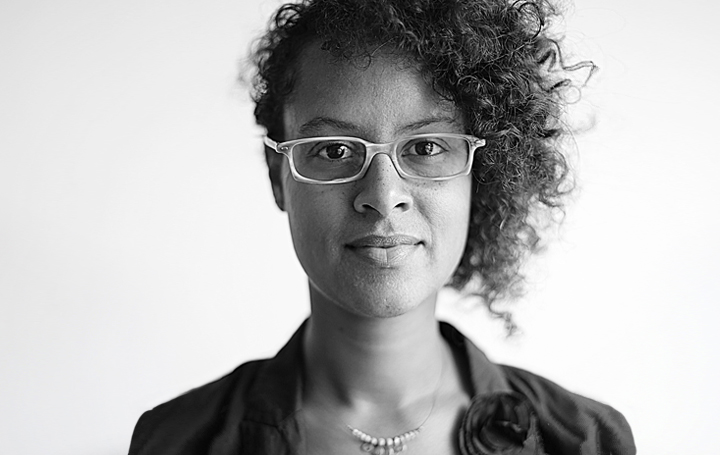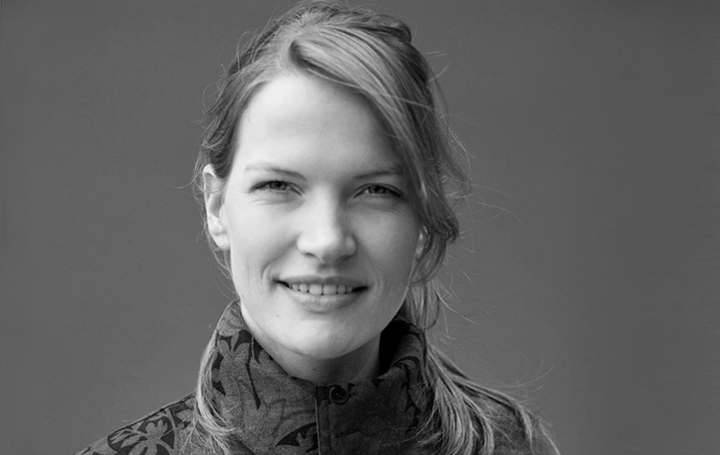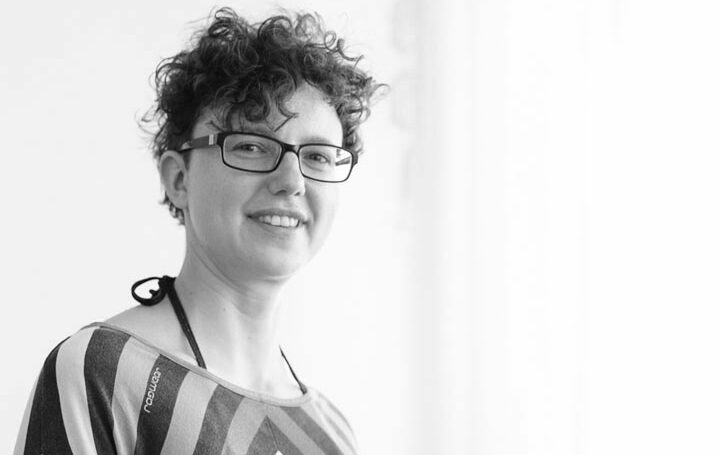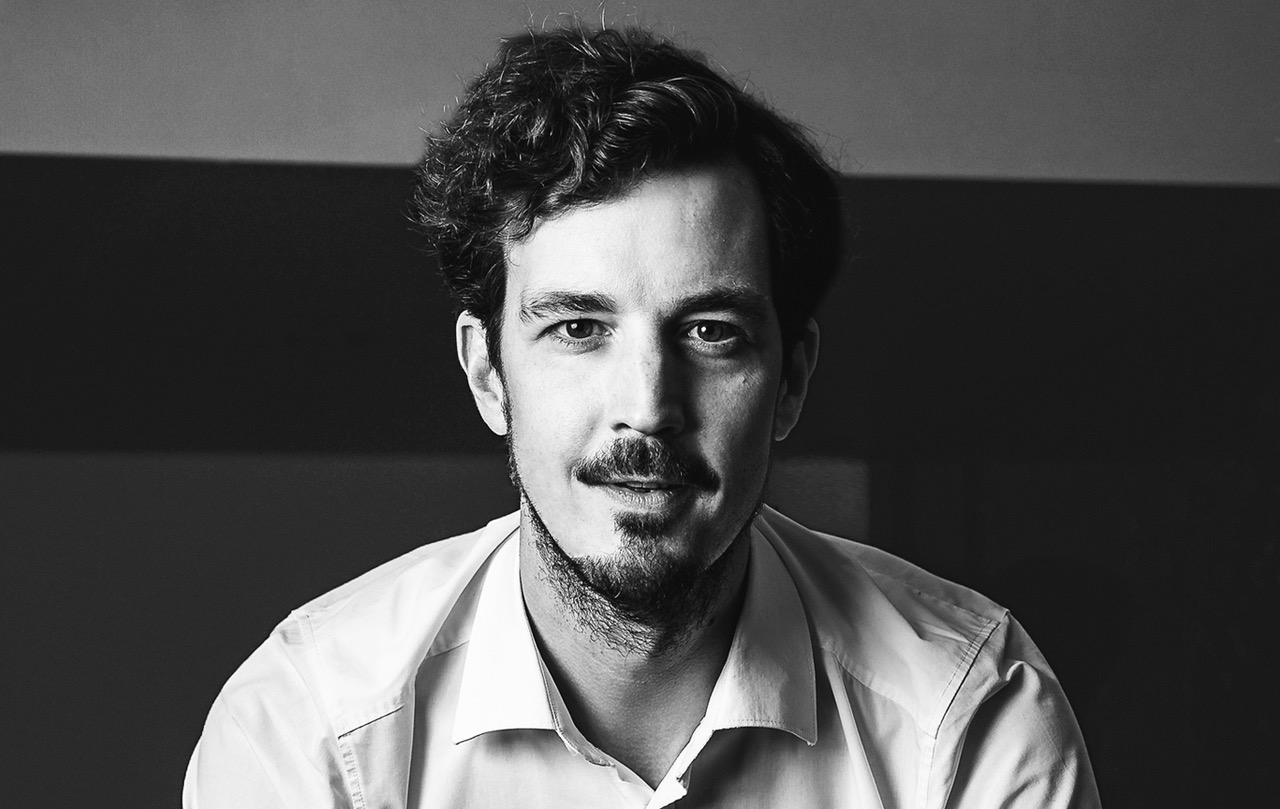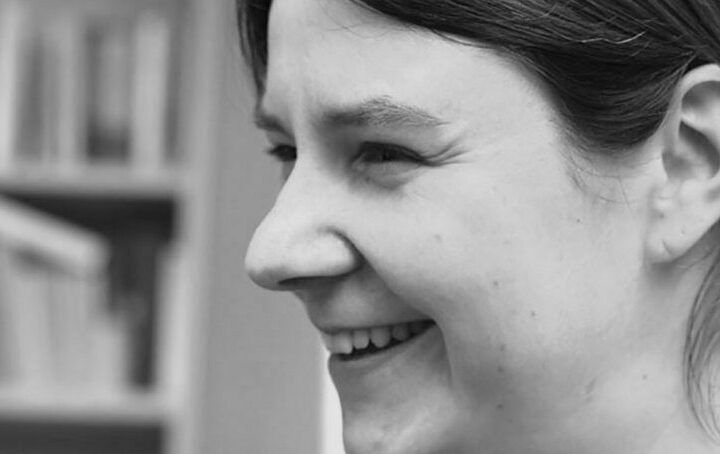Recycling Design Prize
22. Dezember 2016MehrWert NRW
27. Dezember 2016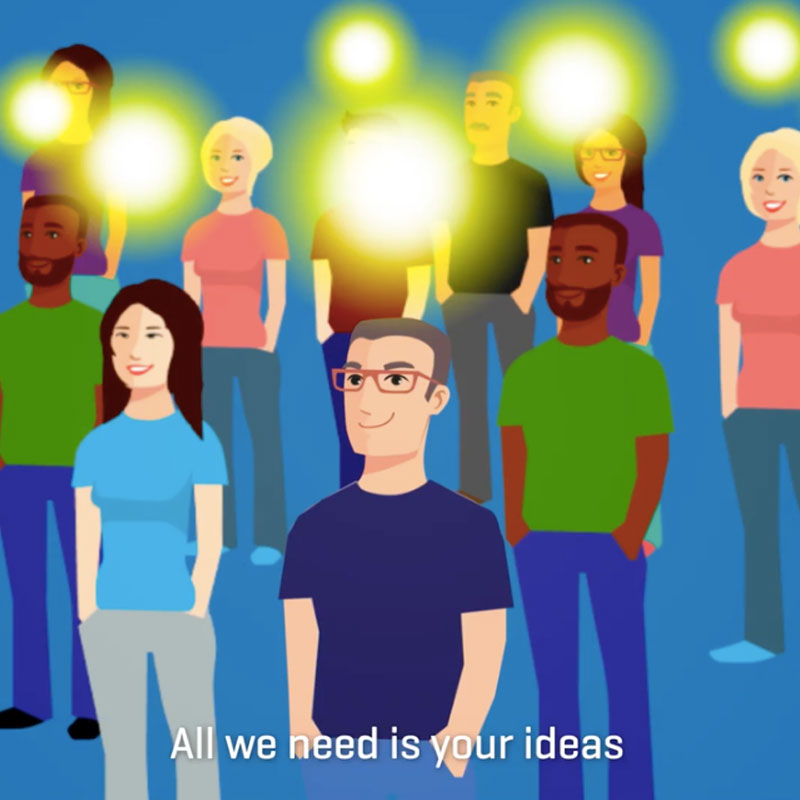
Facts
Unternehmen: econcept, Agentur für nachhaltiges Design
Bereich: Design und Innovation für nachhaltige Produkte, Dienstleistungen und Systeme
gegründet: 1996
Ort: Köln, Deutschland
Website: econcept.org
Projekt: innonatives.com
Facebook: facebook.com/innonatives
Twitter: twitter.com/innonatives
Unsere Welt verändert sich gerade in eine Richtung, die Humanisten nur erschrecken kann. Ursachenforschung wird betrieben – Big Data und Manipulation der Massen durch psychologisch ausgeklügelte, maßgeschneiderte Social Media Kommunikation als eine Ursache gefunden. Demjenigen, der das für Verschwörungstheorie hält, sei der Artikel von Mikael Krogerus und Hannes Grassegger über den Psychologen Michal Kosinski empfohlen [1].
Dabei bräuchten wir so dringend ganz andere Veränderungen in Richtung ökologischer und sozialer Nachhaltigkeit. Zum Beispiel bedarf es viel besserer Bildung, damit es Populisten und Propagandisten nicht so leicht haben, die öffentliche Meinung zu machen, und es braucht mehr Bewegungen „von unten“, die den Mächtigen zeigen, dass sie nicht einfach machen können, was sie wollen. Außerdem bräuchten wir mehr und verbindlichere internationale Abkommen und Vereinbarungen beispielsweise wie das Klimaschutzabkommen, die konkrete Ziele beinhalten. Letztendlich müssen wir uns von der Wachstumsideologie verabschieden, die so offensichtlich unsinnig ist. Auf einem endlichen Planeten mit endlicher Fläche kann es kein unendliches Wachstum geben. Das muss in den (Wirtschafts-) Schulen gelehrt werden und danach sollten sich ökonomische und politische Systeme richten. Wir sollten weniger Angst voreinander haben und in der Diversität und Multikulturalität einen Gewinn sehen, statt einer Bedrohung. Menschen migrieren schon, seit es sie gibt. Die Weltgemeinschaft müsste endlich verstehen, dass wir alle im gleichen Boot sitzen und es uns überhaupt nichts mehr bringt, den eigenen Nationalstaat in den Vordergrund zu stellen – womöglich gegen den Rest der Welt – und wir müssen es schaffen, den Klimawandel in den Griff zu bekommen. Sonst findet Wandel nur noch „by Disaster“ statt. Wenn Wirtschaft und Politik nicht mehr für die Menschen da sind, sondern die Menschen nur noch funktionieren sollen, um das große System aufrecht zu erhalten, das nur sehr wenigen Privilegierten wirklich nützt, werden die Menschen zu Recht unglücklich, ungehalten und bieten guten Nährboden für radikales Gedankengut. Das können wir aktuell gut beobachten.
Kann Design hier denn überhaupt eine Rolle spielen? Was können wir Designer denn schon ausrichten? Nun ja, wir richten halt schon einige Zeit ziemlich viel an:
Klassischerweise stellen wir uns als Produktgestalter oder Kommunikationsgestalter/ Werber in den Dienst eben jenes oben beschriebenen Systems, das als einziges Ziel hat, die Reichen reicher zu machen und die anderen als günstige Arbeitskräfte und willige Konsumenten in ihren Hamsterrädchen zu halten.
Damit können wir GestalterInnen so nach und nach aufhören. Auch wenn viele DesignerInnen immer noch denken, sie hätten keine Wahl, wären gefangen im vorherrschenden Wirtschaftssystem und nur die Erfüllungsgehilfen der Industrie, haben sie doch Alternativen.
Design findet an der Schnittstelle zwischen Produzieren und Konsumieren statt. Gestaltende arbeiten in der Regel für Unternehmen aber gestalten für Kunden der Unternehmen und Konsumenten/ Nutzer. Entscheidungen, die in der Produktentwicklungsphase getroffen werden haben einen sehr großen Einfluss auf das, was später in der Realität passiert, in der Produktion und Vorproduktion, darauf wie Nutzer das Produkt nutzen und was am Ende der Gebrauchsphase mit dem Produkt geschieht. Wenn also informierte Gestalter durch gute Gestaltung ökologisch und sozial sinnvolle Güter kreieren, deren Lebensweg möglichst nachhaltig planen und die Bedingungen für eine nachhaltige Nutzung schon anlegen, ist die Wahrscheinlichkeit groß, dass das gestaltete Produkt in der Realität dann eben auch so wirkt – und das sogar im bestehenden System. Selbstverständlich müssen Gestalter auch ein Einkommen haben und die Unternehmen, für die sie arbeiten, Profite erwirtschaften – aber nicht um jeden Preis. Darum ist es äußerst spannend auch für Gestaltende, mit Unternehmen an neuen Geschäftsmodellen für nachhaltige Güter zu arbeiten, z.B. das Verkaufen von Dienstleistungssystemen statt Produkten oder das Schließen von Produkt-/ Materialkreisläufen usw. Für solche Beratungstätigkeiten müssen sich GestalterInnen aber auch die richtigen Kompetenzen aneignen.
Wie viel Handlungsspielräume Gestaltende haben, hängt auch vom Kontext ab, in dem sie arbeiten. Klassische Produktdesigner oder Kommunikationsdesigner/ Werber die für große Unternehmen arbeiten, bekommen in der Regel viele Vorgaben und haben eher kleine Spielräume. Wenn das Unternehmen nicht selbst an Nachhaltigkeitsthemen interessiert ist, hat man eher einen schweren Stand. Aber auch dort kann man als GestalterIn immer wieder Themen einbringen, Vorschläge machen, die aufkommenden Gesetzgebungen, oder das Umweltbewusstsein der Kunden als Argument anführen usw. Bei kleineren inhabergeführten Unternehmen muss man die Geschäftsführung überzeugen, dann hat man in der Regel gute Möglichkeiten radikalere Veränderungen vorzuschlagen. Für Selbständige, die eigene Projekte entwickeln, sind die Möglichkeiten riesig. Glücklicherweise gibt es ja immer mehr sogenannte Socio-Preneurs, Selbständige und Start-Ups, die mit der festen Absicht ihr Unternehmenskonzept entwickeln, etwas zu tun, wovon sie leben können, aber das gleichzeitig gut für die Gesellschaft und die Umwelt ist.
Auch Design kann manipulieren. Positiv ausgedrückt heißt das „Nutzerverhalten in Richtung Nachhaltigkeit beeinflussen“. Produkt- und Kommunikationsdesign haben immer einen Einfluss auf Konsumenten/ Nutzer. Bei der Werbung ist es recht deutlich, auch wenn es Experten gibt, die meinen, dass klassische Werbung heutzutage dank der Informationsüberflutung nicht mehr gut funktioniert, deswegen ja Social-Media Kampagnen. Beim Produktdesign sprechen wir von „Produktsprache“ oder „Produktsemantik“, die verschiedene Funktionen hat. Soll heißen, sobald der Käufer/ Nutzer ein Produkt anschaut, in die Hand nimmt, damit umgeht, beeinflusst die Art und Weise, wie es aussieht, sich anfühlt, welche Funktionen es offensichtlich oder weniger offensichtlich hat, die Kaufentscheidung und Art, wie Nutzer damit umgehen. Das Nutzerverhalten in Richtung Nachhaltigkeit zu beeinflussen, geht ganz gut durch sogenanntes „Nudging“ und andere Strategien. Wir versuchen, Nutzern zum einen deutlich zu machen, welchen Zusammenhang ihr Verhalten mit ökologischen und sozialen Aspekten hat, zum anderen versuchen wir, sie ein bisschen herauszufordern oder anzuleiten vielleicht mit Humor oder spielerischen Elementen, ihr gewohntes Verhalten zu verändern, mal neues auszuprobieren. Dann gibt es natürlich auch die Möglichkeit, sehr unökologische Verhaltensweisen durch Produktgestaltung einfach nicht mehr zu zulassen, das ist dann eher autoritär und findet z.B. bei automatisierten Prozessen wie im Smart-Eco-Home statt.
Einen gesellschaftlichen Wandel in Richtung Nachhaltigkeit wird es nur geben, wenn wir uns persönlich wandeln, wenn Personen sich wandeln im Privaten und im Beruf. Man kann nach den Institutionen, der Politik, den Unternehmen rufen, aber wer ist die Politikerin, wer ist der Unternehmer? – Das sind alles Personen. Das heißt, wir müssen im Grunde nach dem persönlichen Wandel suchen, und fragen, wie wir eigentlich unsere eigenen Verhaltensweisen verändern, denn dann ändert sich auch das Unternehmen – und dann ändert sich vielleicht auch die Politik. Nun fühlen wir uns aber in unseren Routinen sicher, darüber müssen wir nicht nachdenken, sie sind verhaltensökonomisch sinnvoll. Etwa 80% unseres alltäglichen Verhaltens ist „routiniert“. Wir fahren immer den gleichen Weg zur Arbeit, kaufen die gleichen Dinge im Supermarkt, gehen in die bekannten Lokale usw. Das gelernte und routinierte Verhalten zu ändern, ist erst einmal mit Aufwand verbunden und der Ausgang ist unsicher. Wir wissen z.B. nicht genau, ob das Essen in einem neuen Lokal genauso gut ist, wie im gewohnten usw. Das gleiche gilt für neue Produkte, die ungewohnt sind, von uns ein anderes Verhalten erfordern oder ähnliches. Auch wenn Francis Picabia gesagt hat, unser Kopf wäre rund, damit das Denken die Richtung ändern könnte, sind wir doch auch Gewohnheitstiere.
Es gibt eine Theorie des sozialen Lernens, zu der 4 Elemente gehören:
(1) Awareness/ Bewusstsein, dass man sich bewusst wird, dass ein Problem existiert,
(2) Motivation, dass man eine (intrinsische oder extrinsische) Motivation hat, das gewohnte Verhalten zu ändern,
(3) Opportunities/ Möglichkeiten, dass man dann die Möglichkeit hat, ein neues Verhalten auszuprobieren, und schließlich
(4) positive Reinforcement/ Bestärkung oder Belohnung. Wenn ich das neue Verhalten ausprobiert habe, muss ich eine positive Verstärkung oder Belohnung erhalten: Vielleicht spare ich Geld, oder es ist eine befriedigende Erfahrung, oder die Leute um mich herum finden es toll, dass ich das mache usw.
So schaffe ich es, das neue Verhalten als positives Verhaltensmuster in mein Leben zu integrieren.
Als Gestalter können wir genau diesen Social-Learning-Cycle unterstützen: Wir können besser und zielgruppenadäquater kommunizieren (Story-Telling, Edutainment etc.) um mehr Bewusstsein für Nachhaltigkeitsthemen und den Bezug zum persönlichen Verhalten zu schaffen. Dann können wir versuchen, extrinsische oder intrinsische Motivation zu verstärken, z.B. durch das Zeigen von Role Models und positiven Beispielen, oder indem wir die abstrakten Nachhaltigkeitsthemen emotionaler machen, zeigen wie es in anderen Ländern zugeht, wie Nachhaltigkeit positiv aussehen kann, dass sie Spaß machen kann usw. Im Bereich der Möglichkeiten können wir Gestalter sehr viel bewirken – das ist ja unser tägliches Brot als Produktdesigner. Wir designen Infrastruktur, Produkte, Dienstleistungen, soziale Innovationen – und genau das sind die Möglichkeiten, die Menschen befähigen können, nachhaltiger zu agieren. Schließlich müssen wir dafür sorgen, dass das neue Verhalten zum positiven Erlebnis wird. Wir können positives Feedback organisieren, z.B. durch Communities und Peer Groups, dadurch, dass man Geld spart, sich einfach besser fühlt, dass man ein besseres Gewissen hat usw.
Die folgende Grafik zeigt unser „A2D2C Model“ (Awareness, Despair, Design, Change, Celebrate) das den Sachverhalt oben darstellt.
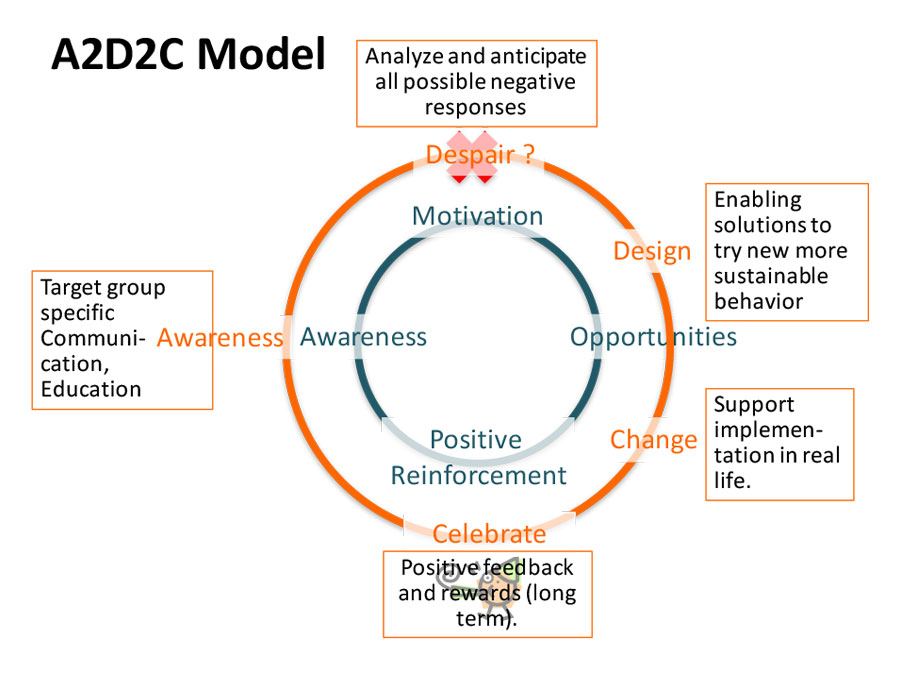
Zum guten Schluss sei noch darauf hingewiesen, dass Social Media nicht nur von den Propagandisten negativ benutzt werden kann, sondern auch als Enabling Platform riesige Potenziale für einen positiven Wandel bietet. Wir haben die offene Design- und Innovationsplattform für Nachhaltigkeit innonatives.com ins Leben gerufen als Ergebnis eines europäischen Forschungsprojektes. innonatives ist eine partizipative Design- und Innovationsplattform, auf der alle Einzelpersonen aber auch Institutionen wie NGOs oder Unternehmen und politische Akteure, WissenschaftlerInnen, Lehrende und Studierende nachhaltigkeitsrelevante Innovations- und Designprojekte starten und sich an diesen beteiligen können. innonatives bietet auch ein Crowd-Funding Modul, durch das Finanzierung für Projektrealisierungen von der Allgemeinheit erbeten werden können und hilft bei der Implementierung guter nachhaltiger Lösungen z.B. durch einen Online Shop und das internationale ExpertInnen-Netzwerk. Die Plattform fasst Crowd-Sourcing, Crowd-Voting, Crowd-Funding und andere Open Source Ansätze zusammen und stellt sie in den Dienst der nachhaltigen Entwicklung weltweit.
So gibt die Platform innonatives vielen Menschen die Möglichkeit, ihre Zukunft gemeinsam mit Gleichgesinnten selbst zu gestalten und hoffentlich ist diese erfreulich und nachhaltig.
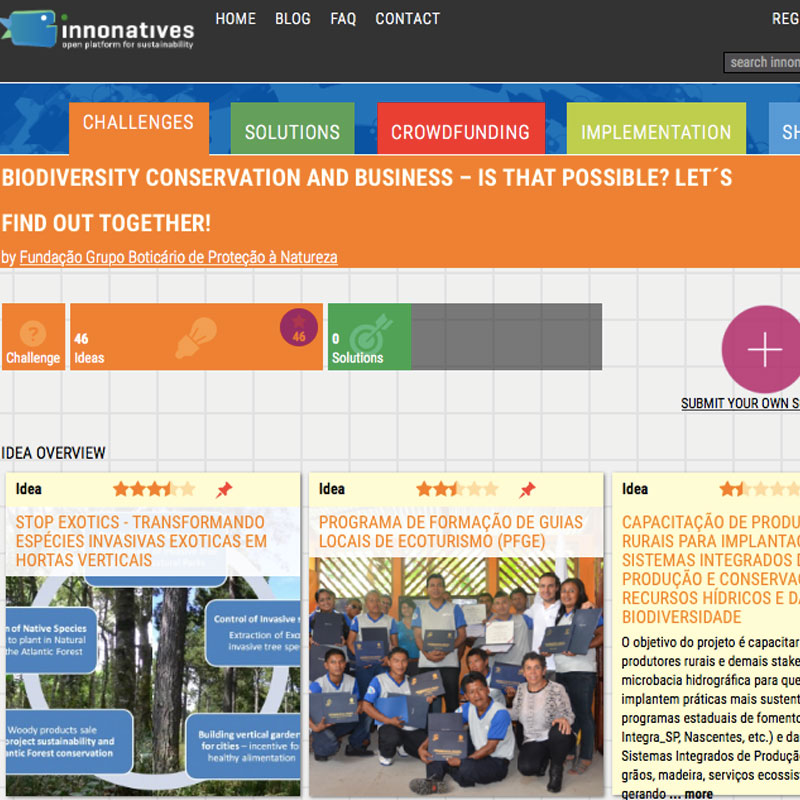
[1] „Ich habe nur gezeigt, dass es die Bombe gibt“, Der Psychologe Michal Kosinski hat eine Methode entwickelt, um Menschen anhand ihres Verhaltens auf Facebook minutiös zu analysieren. Und verhalf so Donald Trump mit zum Sieg. In: „Das Magazin N°48 – 3. Dezember 2016“
dasmagazin.ch


